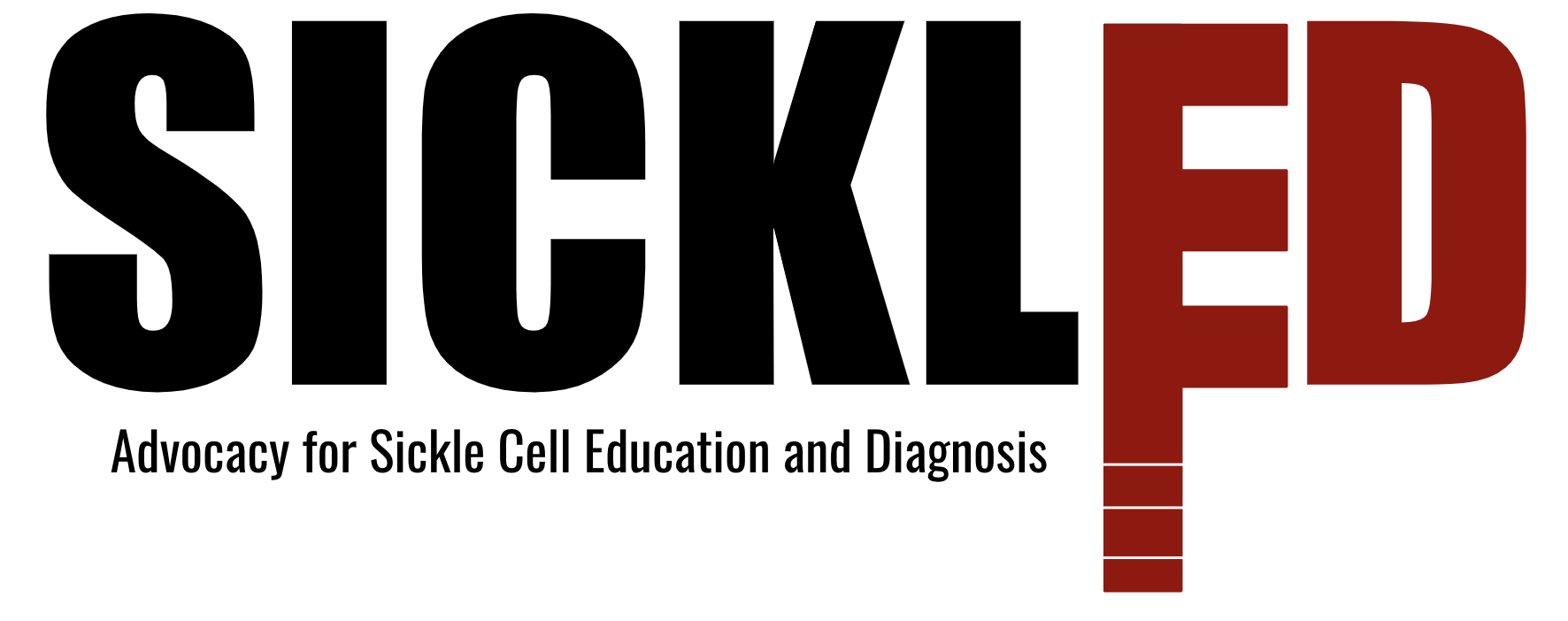OraSure Experiments
On Wednesday, we were able to perform the first bead conjugation of the summer. To recap, bead conjugation is the process by which we attach, or conjugate, our color indicator “beads” to our secondary antibody. This process is complex and likely the main source of failures for the project. In order to effectively troubleshoot this process and avoid any error, we conjugated at OraSure under the instruction and supervision of one of their experienced scientists. This allowed us to become better acquainted with the ins and outs of the procedure, as well as any valuable techniques that may not be present in our protocol, but may lead to better, more consistent results. This experiment in particular was determining the optimal pH for our bead conjugation to occur at. Essentially, we ran two batches of test strips, one with beads conjugated with a buffer that had a pH of 5, another set conjugated under a buffer with pH 6. The results showed one buffer to be the clear winner, as strips run in this set had much clearer test lines. These results felt like a huge step forward, seeing as we not only confirmed a successful conjugation, but also gained the knowledge needed to further optimize that process. Moving forward, we plan to tweak other aspects of our protocol until we are able to reliably produce consistent and accurate results.

Device Optimization: 3D Printing
Meanwhile, other team members have been hard at work finding ways to ensure our device production is as standardized as possible. We’ve been looking into 3D printing a device that can assemble test strip components in a way that allows consistent overlaps. As of right now, we assemble and cut our devices by hand which can lead to a plethora of issues and inconsistencies in results. The team has created a 3D model based on a vacuum pump operated test strip assembly device, that can align the backing card with the nitrocellulose and absorbance pad to provide a more consistent test strip when assembled. At the moment, our first model is in the process of being 3D printed. We plan on testing it out in the very near future. Our current iteration of our test strip has three main components, but the finished product will have five. We hope to revise our design to include these when we begin to add more components to the test strip, such as the sample pad and conjugate release pad.

IRB Updates
Lastly, we’ve been hard at work on our IRB documents and have finally submitted them to Lehigh’s review board. Our consent forms are still being translated by our partner at Sierra Leone’s World Hope Office, so this likely will not be our last submission, but we are nonetheless excited to be making progress in gaining approval for fieldwork in August.
